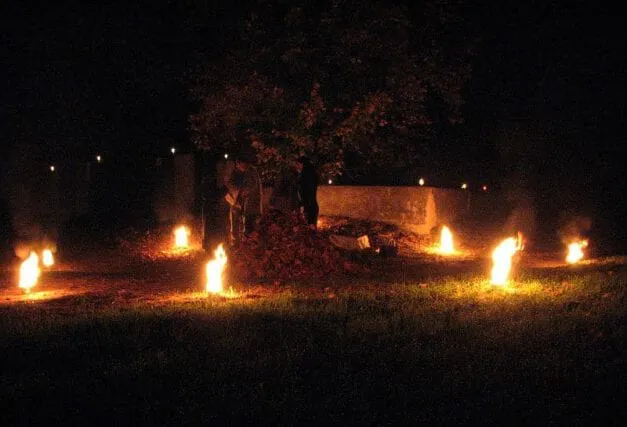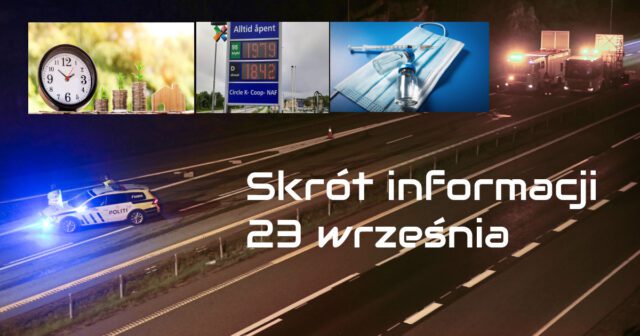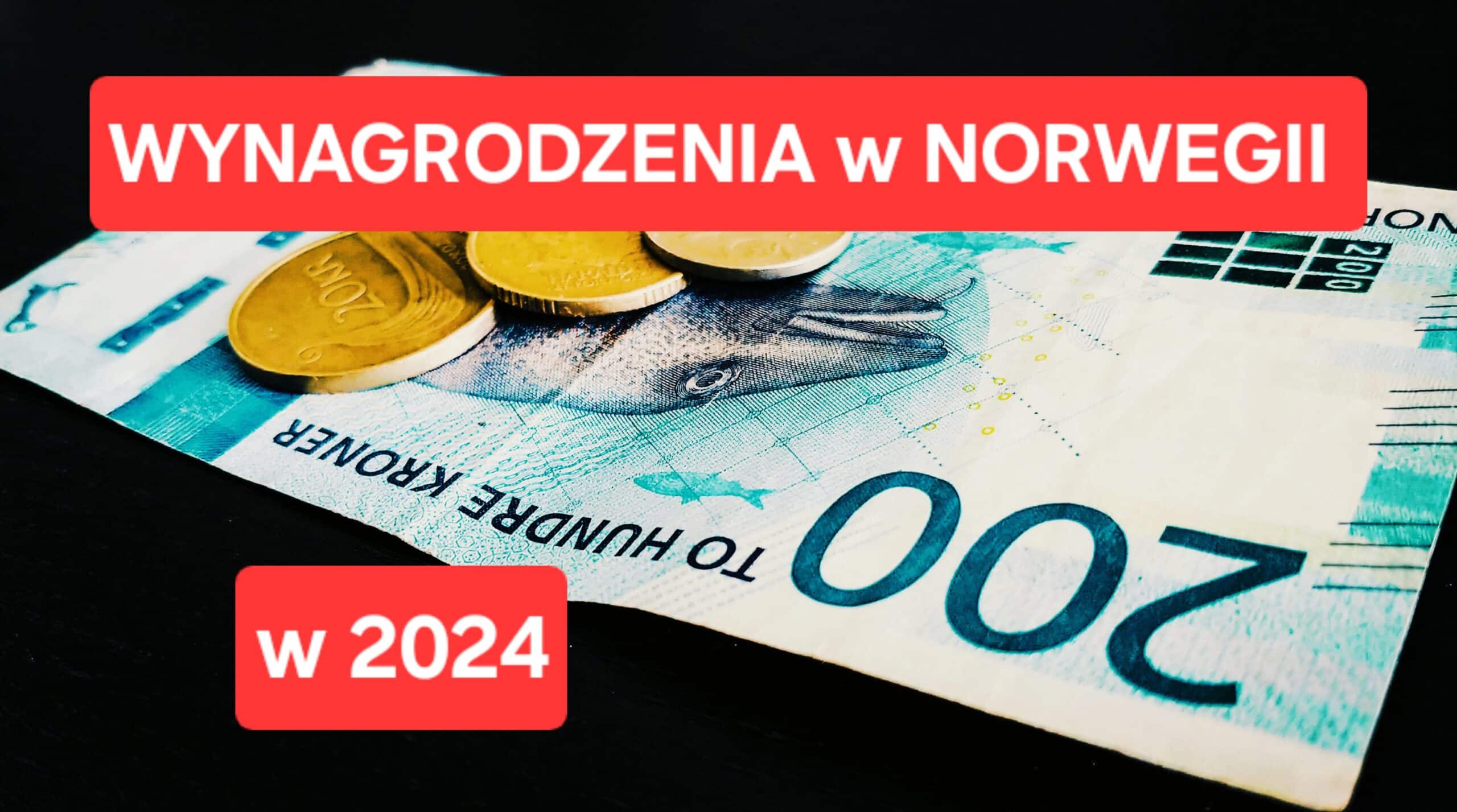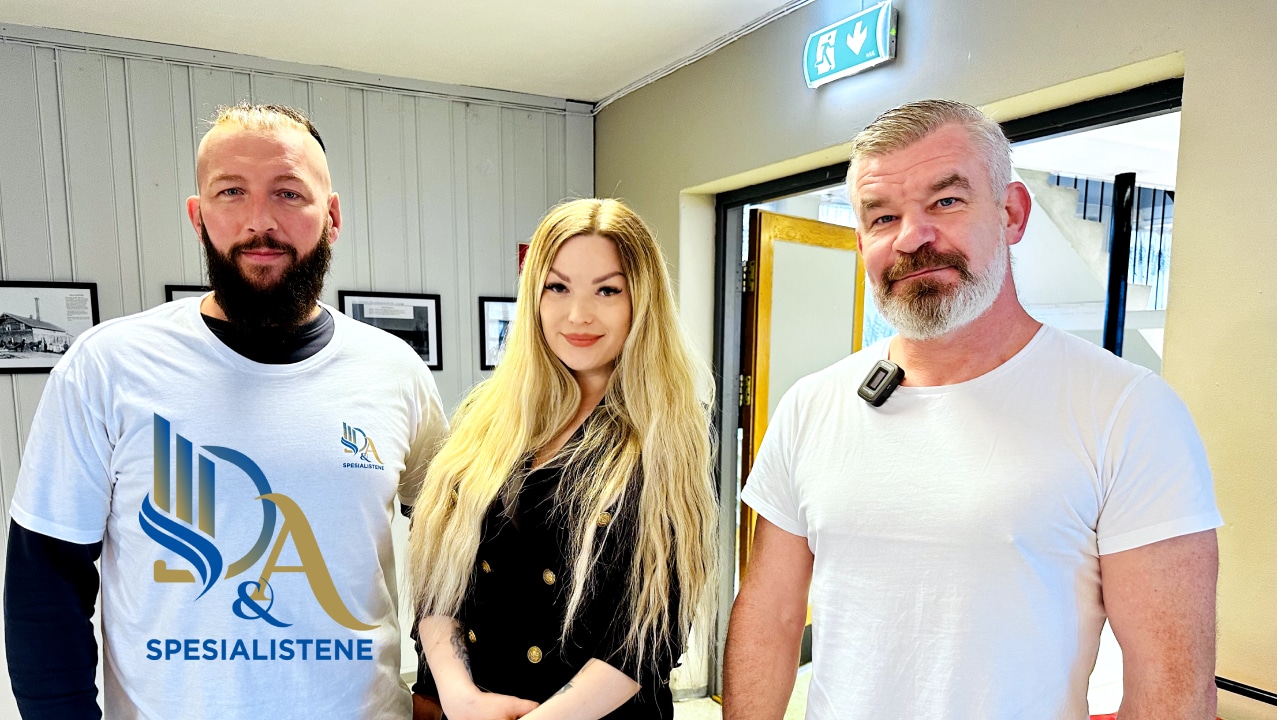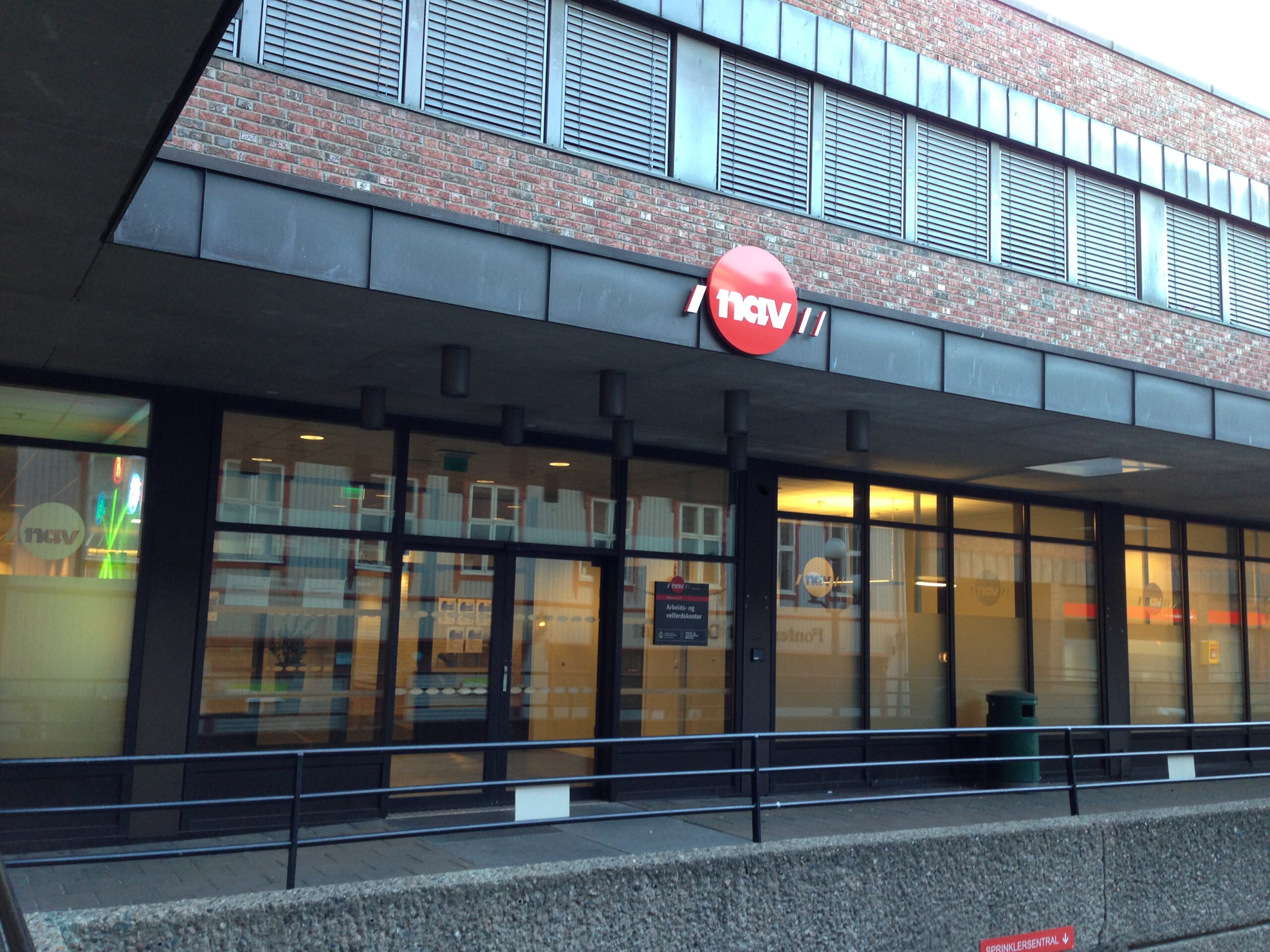Aktualnie Dziady kojarzone są głównie z cyklem dramatów pióra Adama Mickiewicza. Warto jednak wiedzieć, że nasz narodowy wieszcz inspirował się prawdziwymi obrządkami, które jeszcze w XIX wieku były kultywowane m.in. na Podlasiu. Czym one były i czy są związane z Uroczystością Wszystkich Świętych?
Dziady – co to było?
Dziady to przedchrześcijański obrzęd zaduszny. Jego istotą było obcowanie żywych i umarłych. Wiązało się z nawiązywaniem relacji pomiędzy żyjącymi, a duszami zmarłych przodków. Według dawnych wierzeń, dusze okresowo powracały do swoich dawnych siedzib, w których rezydowały za życia.
Czytaj również: Święto Zmarłych czy Wszystkich Świętych? >>>
Przodków, czyli dziadów, uważano za opiekunów w sferze płodności i urodzaju. To dlatego starano się zyskać ich przychylność, ponieważ miało to zaprocentować w przyszłości. Sama nazwa Dziady obowiązywała głównie na terenach Podlasia, Polesia, a także Rosji i Ukrainy. W praktyce jednak zwyczaj ten obowiązywał w całej Polsce pod różnymi nazwami, np. pominki, przewody, radecznica czy zaduszki. Praktyki te były powszechne zarówno wśród Słowian, Bałtów, jak i wszystkich kulturach europejskich oraz pozaeuropejskich (np. w Meksyku).
Kiedy obchodzono Dziady?
Dziady były obchodzone dwa razy w roku w następujących dniach:
- na początku wiosny, tj. 2. maja – chociaż to zależało od faz księżyca,
- w noc z 31. października na 1. listopada – wówczas obchody te nazywano Dziadami jesiennymi. Było to przygotowaniem do Święta Zmarłych, które obchodzono 2. listopada.
Dziady – jakie zwyczaje obowiązywały?
Słowiańskie Dziady pod względem towarzyszącej atmosfery nie należały do smutnych obchodów. Był to czas spokojnej zabawy, zaś towarzyszące im uroczystości związane były z oddawaniem czci zmarłym. Miało to przypominać o życiu po śmierci, które czekało każdego człowieka, niezależnie od jego statusu społecznego.
Przygotowanie obiaty w trakcie święta Dziadów – RKP, 2008, Pęcice / fot. Wikimedia CommonsZ tego powodu nasi przodkowie ucztowali i tańczyli nad grobami zmarłych. Resztek jedzenia jednak nie wyrzucano. Pozostawiano je w miejscach uczt, ponieważ wierzono, że będą się nimi posilali zmarli. Warto podkreślić, że zwyczaje różniły się w zależności od regionu. Wszędzie jednak można było spotkać jeden wspólny motyw, a był nim…
…ogień
Nasi przodkowie rozpalali liczne ogniska, które pełniły podwójną rolę. Z jednej strony miały służyć za drogowskaz dla błąkających się dusz, z drugiej natomiast miały być ochroną przed demonami. Warto nadmienić, że te ostatnie miały być szczególnie aktywne w okresie Dziadów. Rozpalanie ognisk do dzisiaj ma swoją kontynuację w postaci powszechnie zapalanych zniczów.
Ciekawostką jest fakt, że Dziady to były również duchy żebraków. Poświęcano im szczególną uwagę, obdarowując w tę noc różnymi darami. Wierzono bowiem, że ze względu na swoją sytuację materialną były to osoby szczególnie bliskie sacrum jeszcze za życia.
Zakazy w noc Dziadów
Dziady były nocą szczególnie uświęconą, w trakcie której duchy zmarłych przenikały do naszego doczesnego świata. Obowiązywały jednak liczne zakazy, które mogły zaszkodzić duszom. Z tego powodu nie można było np. tkać i szyć. Wierzono, że czynności te mogą spowodować przypadkowe przywiązanie Dziadów do świata zamieszkanego przez śmiertelników.
Czytaj również: Halloween, a Wszystkich Świętych – czy to się wyklucza? >>>
Do innych zakazanych czynności należało również np. wylewanie wody przez okno. Mogło to grozić przypadkowym oblaniem dusz, które tej nocy krążyły wokół domostw. Niedozwolone było również rozpalanie w piecu. Były one uznawane za miejsca bliskiego zetknięcia się sacrum z profanum. Wierzono również, że przez piece ludzkie dusze niekiedy dostawały się do domów.
Czy Dziady przetrwały do dziś?
Po chrystianizacji Polski starano się wyplenić rodzime słowiańskie zwyczaje. Dziady były jednymi z nich. Efekt osiągnięto jednak wyłącznie połowiczny. Świadczy o tym fakt, że do dzisiaj np. na Podlasiu czy Polesiu kultywuje się przynoszenie jadła na groby zmarłych w tzw. dwojakach. Warto podkreślić, że palenie zniczy jest bezpośrednim następstwem słowiańskiego rozpalania ognisk.
Pokarmy dla duchów zmarłych i maski (kraboszki) je symbolizujące – Dziady 2009, RKP, Chram Mazowiecki / fot. Wikimedia Commons

